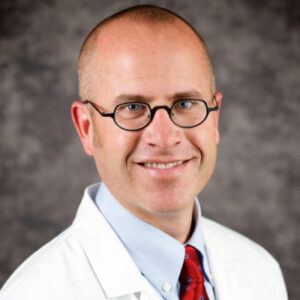Whitney Stevens-Sostre named Yale Ciencia fellow
Whitey Stevens-Sostre, a doctoral candidate at the University of Wisconsin-Madison neuroscience training program, has been named a Yale Ciencia fellow.
Collecting bugs across the globe is paying off for a multidisciplinary research team at the University of Wisconsin-Madison.

Five years after getting a federal grant to search for new sources of antibiotics from insects and marine environments, the UW team recently published in the journal Nature Communication results showing that certain microbes from insects are potentially a rich source of new antibiotics.
“This is exciting because it validates the discovery platform of one part of our study. Our approach is working,” said David Andes, MD, professor of medicine and division chief of infectious diseases at the UW School of Medicine and Public Health. “There are patients in almost every hospital with infections that have absolutely no treatment options. Our work is critical to find new sources.”
The UW research team on campus is a collaborative effort. The team includes Andes, Cameron Currie, PhD, a University of Wisconsin-Madison professor of bacteriology and School of Pharmacy professor Tim Bugni.
Traditionally, soil has been mined for antibiotics. But, Andes said, the study of soil has become a dead end because the same drugs are turning up over and over again. Thanks to a five- year, $16 million grant from the National Institutes of Health, the UW scientists have collected microbes from more than 10,000 insects from diverse environments across North and South America.
For example, they found a new antibiotic from a Brazilian fungus-farm ant called cyphomycin. The team is hopeful because cyphomycin combatted fungal infections without causing side effects in a mouse model, and it also was effective in lab tests against fungi resistant to most other antibiotics. It also showed low toxicity in mice. So, the combination of effective treatment and low toxicity in mice paves the way for potential future clinical trials.
“We feel clinical trials are coming soon. In our world, this is happening fast, but although it is still likely years away, we are making great progress,” said Andes. “There are no new classes of antibiotics and the rediscovery rate is 99.5 percent so the common sentiment is that the well is dry, so we are working to change that.”
In the 1980s, pharmaceutical companies were seeking Food and Drug Administration (FDA) approval of 10 to 20 antibiotics a year. “We want to get back to the ’heyday’ of antibiotic discovery,” said Andes.
The U.S. Centers for Disease Control and Prevention says more than two million drug-resistant infections a year are reported.